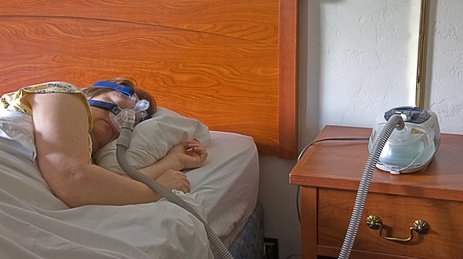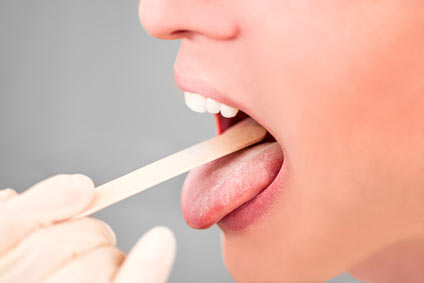CPAP Condensation
How to Prevent Having Water in CPAP Hose and Mask?

If you are a CPAP user, you may find sometimes water in your hose or mask.
CPAP condensation is an annoying problem for many sleep apnea patients, and this article will teach you how to prevent the water in your CPAP hose.
Causes of CPAP Condensation
To avoid hose condensation, also called CPAP rainout, you have to understand what are the causes of the problem.
In any comfort or industrial humidifcation system, the challenge is to prevent condensation. To control the condensation, there are things that you can control, such as:
- the temperature of the air - your bedroom temperature in your case.
- the amount of water added in the humidifcation system - CPAP humidifier in your case.
So, when the CPAP condensation occurs? The condensation appears at the dew point, which is the temperature at which the air can no longer hold all of its water vapor, and some of the water vapor must condense into liquid water.
Bottom line...If the duct is cold, we get condensation. Or, if the CPAP hose is cold, we get water in CPAP hose.
Why is the CPAP hose cold? Because it may be cold in your bedroom, or because the temperature of the humid air from the hose is higher than the hose.
How to Prevent CPAP Rain Out

To prevent the CPAP hose condensation, you have to avoid the dew point, which is always lower than (or equal to) the air temperature (bedroom temperature).
In our case, you may have to:
- Adjust the thermostat of the room up (increase the temperature of your bedroom),
- Prevent the hose from cooling too much:
- using a heated hose or an Insulated CPAP Tubing Cover,
- or adjusting the humidifier down, limiting the amount of water that is added, therefore reducing the CPAP condensation.
For a video explanation on how to prevent the condensation during your therapy, see the article about the CPAP Tubing Condensation.
Tips to prevent water in CPAP hose
1. Adjust the humidifier
Just turn down the humidifier a notch or two. Natural humidity in the home varies, so your humidifier needs can vary.
Actually, have you actually tried the CPAP without the humidifier? There are less chances of having congestion without the humidifier.
2. Position the CPAP machine on a lower level than your body
Do you have your CPAP machine lower than the level that you sleep at?
Move your CPAP back up to just below your mattress level and hang your hose above your head. Any moisture then has to run back down the hose to the humidifier rather than into your mask since more of the hose is running uphill than downhill.
A CPAP hose lift can be very helpful in this case. If you you haven't tried that it might be worth you time to give it a shot!
Note: You also need to be careful in case there is a build up of water in the 'u' bend of the hose as it will effect the airflow and may block it.
3. Insulate your CPAP tube
Cover your tubing with insulated tubing cover - this will also greatly reduce or eliminate the "rain out" effect.
The Insulated CPAP Tubing Cover has a full length zipper, so its VERY easy to get on and off. Easy to machine wash and I even add a drop of bleach to keep it sparklin' white and sanitary.
Also, a very cheap and simple way to insulate your hose is to cut the toes off tube socks and pile them on.
4. Use a heated tube for CPAP
A more expensive but effective solution for preventing rainout in CPAP is a heated CPAP tube.
The heated tubing is most effective when you have a cool bedroom and the air coming from your humidifier is warm. The following video explains this situation:
5. Adjust temperature setting on your CPAP machine
If your sleeping environment is cool at night and you are getting "rain out" - try turning down the heat/temp setting on your machine.







